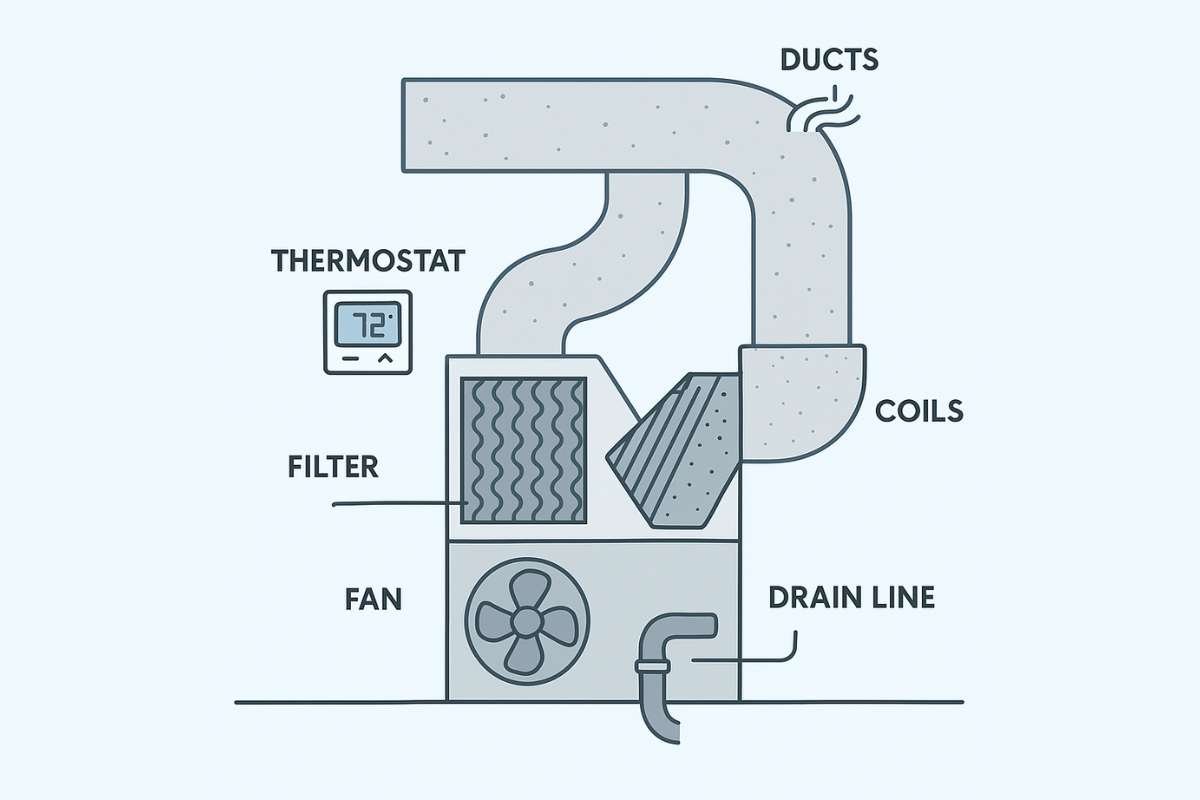In this age of automation and global competition, developing strong processes is likely to be a paramount concern for all future-oriented businesses. For business owners, the reassurance that all their company’s foundational operational processes can be carried out without their supervision is a super power in its own right. This is predominantly because it frees up time and space for business managers and stakeholders to prioritise growth strategising.
But setting up dynamic systems and processes for your business can’t just be ticked off in a day’s worth of work. In fact, the best systems and processes are those that can be amended or adapted as your business changes and grows. That’s why frameworks like ISO 9001 certification have been developed: to help business owners ensure that their systems are developed and adapted with the intention to build quality, manage quality risks, and generally keep their enterprise poised for growth.
So how can you get started with securing ISO 9001 certification and using the methodologies outlined in this international standard and any other resources to set up your own ‘dynamic’ systems and processes?
We’ll be answering these questions today, alongside providing insights into some of the benefits that you can expect once your systems and processes have been thoughtfully implemented into your workplace.
What are ‘dynamic’ systems and processes?

Let’s start with building our understanding of exactly what the term ‘dynamic’ systems and processes refers to. Simply put, your business operational processes can be either static and fixed, or dynamic and adaptable. For growth-oriented businesses, it’s naturally best to cultivate dynamic or scalable systems wherever possible, as this can help your company stay agile and ready to jump on any growth opportunities as they arise.
The only pitfall that business managers are likely to encounter when seeking to develop dynamic systems and processes is just ensuring that their staff stay in the loop with any amendments to processes as they occur. This is precisely why routine staff training should be an integral component of your business’ practices and processes moving forward.
Thankfully, many frameworks for developing business processes do factor in staff training as quintessential. In fact, you can include staff training, mentoring, and skills development opportunities into your business’ processes to further support employee training materials. For example, select processes may require a team of two, with one employee being the mentor or overseer and the other one building those skills on the job and every time that that process is being carried out. If this system yields any concerns for those staff, then the process can be amended collectively, thereby improving on your business operations.
The benefits of maintaining dynamic systems and processes
With that, let’s have a look at some of the most notable benefits that your enterprise may be able to experience when developing, implementing and maintaining dynamic systems and processes.
1. Streamlining daily operational processes

We touched upon this one above, which is no surprise at all as this is one of the foremost benefits of maintaining dynamic systems and processes in your workplace. Having clear cut processes in place can make upholding all the standardised practices in your business a virtually automatic task.
This in turn, can yield its own benefits, including greater employee confidence, transparent workplace and performance expectations, more time and energy to put towards business growth strategising, and perhaps even greater rates of job satisfaction and reduced turnover to boot.
2. Improving your customer offerings
But it’s not just your employees and managers who can benefit from the implementation of dynamic systems and processes. Just as your business operations become more streamlined, your company’s product and service offerings are likely also going to improve, as your employees and management team will have adequate time and space to build on their existing quality.
And when you think about it, improving your customer experiences and end products is really the ultimate goal here. Thankfully, the ISO 9001 quality management systems standard does include requirements that organisations can implement in order to provide consistently high-quality products and services.
3. Ensuring your company maintains regulatory compliance
For businesses operating within industries that are accompanied by industry-specific regulations and operational requirements, maintaining dynamic systems and processes can help ensure that your enterprise operates within accordance with these regulations. Maintaining regulatory compliance can in turn, help reduce your company’s risks of accruing negative customer feedback or even being subjected to litigation in the event that a customer or client seeks to take legal action.
Maintaining regulatory compliance can also help preserve your company’s reputation, which can in turn ensure that your business can cultivate a strong client base. Never underestimate the power of positive client testimonials and word-of-mouth referrals.
4. Increasing accountability in the workplace
Having clearly defined and implemented processes can also be a great way of identifying any barriers for productivity or performance in your business with the utmost precision. How so? You can reverse engineer your processes at any point in order to identify wherever a breakdown in productivity has occurred or could feasibly occur. If a particular department or figure in your company can be credited with this breakdown, then you can take steps from there to work with this figure and rectify any pain points that they may be experiencing.
In this regard, increasing the accountability of your workplace should by no means be of concern to your staff, as being held accountable simply means that their employers may be able to get a better understanding of their own professional and productivity needs without them having to provide preliminary context.
5. Simplifying new employee onboarding and training
With clear cut business operational processes and practices in place, you’ll find that onboarding new employees becomes a whole lot simpler. This is because new staff members will have all the tools and information that they’ll need to fulfil the responsibilities of their role by simply engaging with and understanding the processes provided to them.

Not to mention that if new employees feel comfortable and like they’re working with realistic expectations from the get-go, they’re more likely to stick around in their positions for a lot longer, reducing your company’s overall employee turnover rate. New employees can even make their own contributions to amending your company’s processes and take ownership of their work in that way, so long as you’ve been able to cultivate an environment where your staff feel comfortable positing suggestions for improvement.
How do you develop your own dynamic systems and processes?
With all of these benefits here for the taking, you may now be wondering just how your business can go about developing and implementing its own dynamic systems and processes. Thankfully, with the development frameworks like those outlined in the ISO 9001 quality management systems standard, there are actually methodologies you can use to create your own tailored business processes.
For starters, you can attain ISO 9001 certification for your business with the support of an internal or external ISO auditor. Attaining ISO 9001 certification is one of the most effective ways to equip your enterprise with all the knowledge it needs to maintain dynamic and optimised processes at all times.
There are plenty of resources on ISO standards available online as well as ISO consultants operating internationally. And as the ISO standards are internationally recognised, you should have minimal issues with finding local support in your quest to attain certification for your business.
Considering how your business operations affect your company’s output (i.e. product and service offerings) can also be a great way to identify any points of improvement from your clients’ perspective. Being able to contextualise the efficacy of your processes in accordance with how they impact your customer offerings can naturally help your business maintain strong client relationships.
On that same note, it’s well worth checking out the ‘top of your funnel’ too, or ensuring that your processes for acquiring new clients help your company make a strong first impression. Attaining customer feedback throughout your customer journey can also help provide valuable insights that can then be utilised in the development of your business processes.
Once again, remember that the end goal for any business is ensuring that your customers, staff, and stakeholders are all happy. So your processes and systems should be amended with these goals in mind.
With that, be sure to use all the resources that are available to you, ranging from your ISO standard documents to the valuable insights provided by your staff and customers. So long as you maintain a growth mindset and are open to all possibilities for optimisation, you should find that developing dynamic processes and systems for your business feels as organic as responding to your emails every day.


















